Every cat owner dreams of seeing their feline friend living their best possible life. Yet many of us wonder if we’re really doing enough to keep our kitties truly thriving. The truth is that cat wellbeing goes far beyond just providing food and shelter. Cats have complex emotional, physical, and mental needs that require thoughtful attention.
The good news is that improving your cat’s quality of life doesn’t have to be complicated or expensive. Small changes in your daily routine can make a remarkable difference in how your cat feels and behaves. Let’s dive into the ten most impactful ways you can boost your cat’s overall wellbeing and create a happier, healthier life for your beloved companion.
Schedule Regular Veterinary Checkups
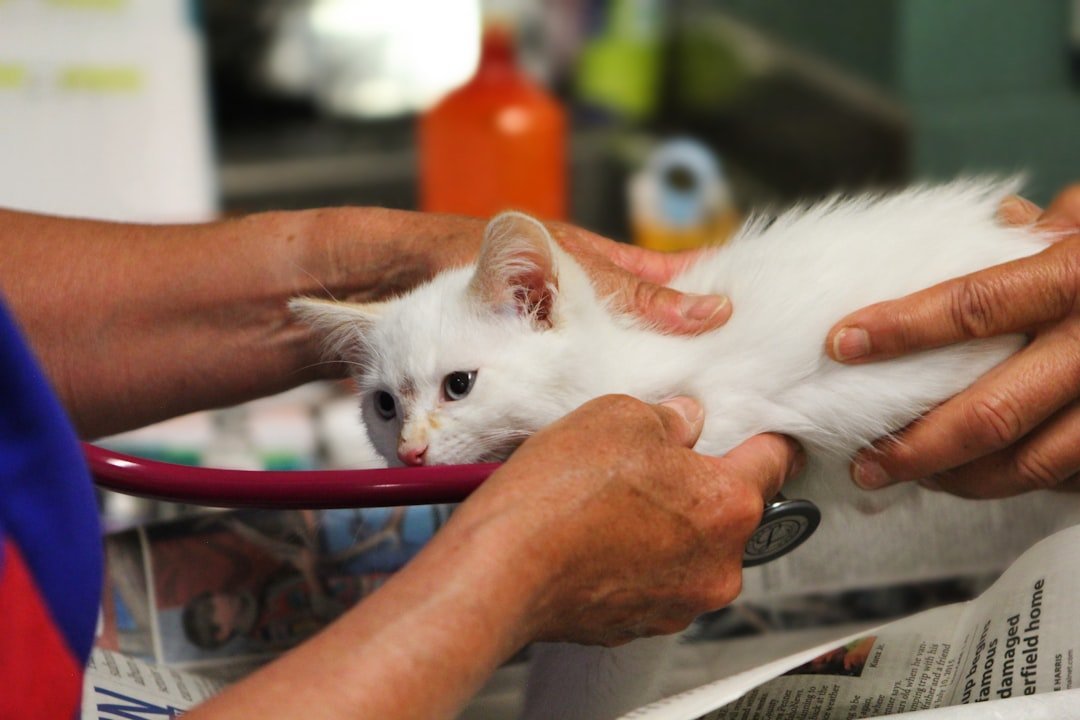
Annual checkups are crucial for maintaining your cat’s health, with cats over seven years old needing biannual visits, as these visits can help catch health issues early and prevent them from becoming more severe. Think of your vet as your cat’s personal wellness coach who can spot problems you might miss.
Your feline friend may look healthy to you, but subtle changes like losing a few ounces over time, developing dental tartar, or small lumps might go unnoticed by owners but can be caught by veterinarians during routine appointments. Regular checkups also ensure your cat stays current on vaccinations and preventive treatments that protect them from serious diseases.
Provide a High-Quality, Balanced Diet
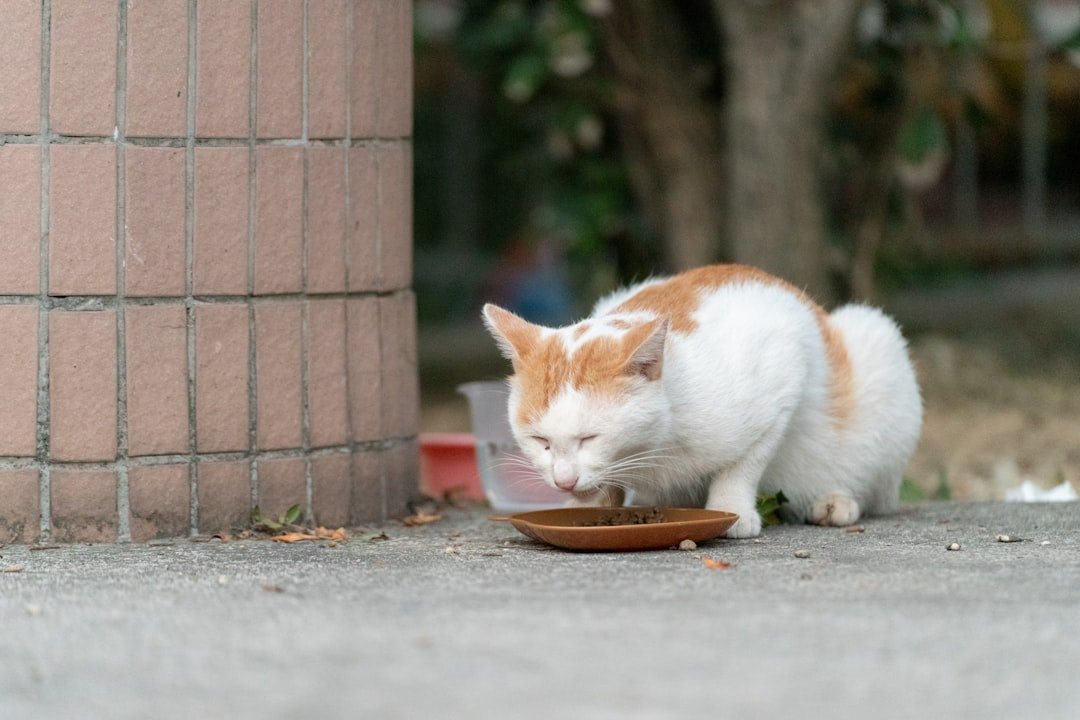
A well-balanced and nutritious diet is vital for maintaining your cat’s health, ensuring their diet includes high-quality protein, healthy fats, and essential nutrients. Your cat’s food is literally the building blocks of their body and energy source for their daily activities.
Veterinarians have found that cats seem healthier when fed canned foods, with lower risks of obesity, diabetes, and heart disease when fed portioned amounts of canned cat foods due to lower carbohydrate content. Consider your cat’s age, activity level, and any health conditions when choosing their food. If you choose dry food, portion control becomes critical because it’s easy for cats to overeat on these carbohydrate-rich diets, making meal feeding at set times preferable to free feeding.
Ensure Proper Hydration
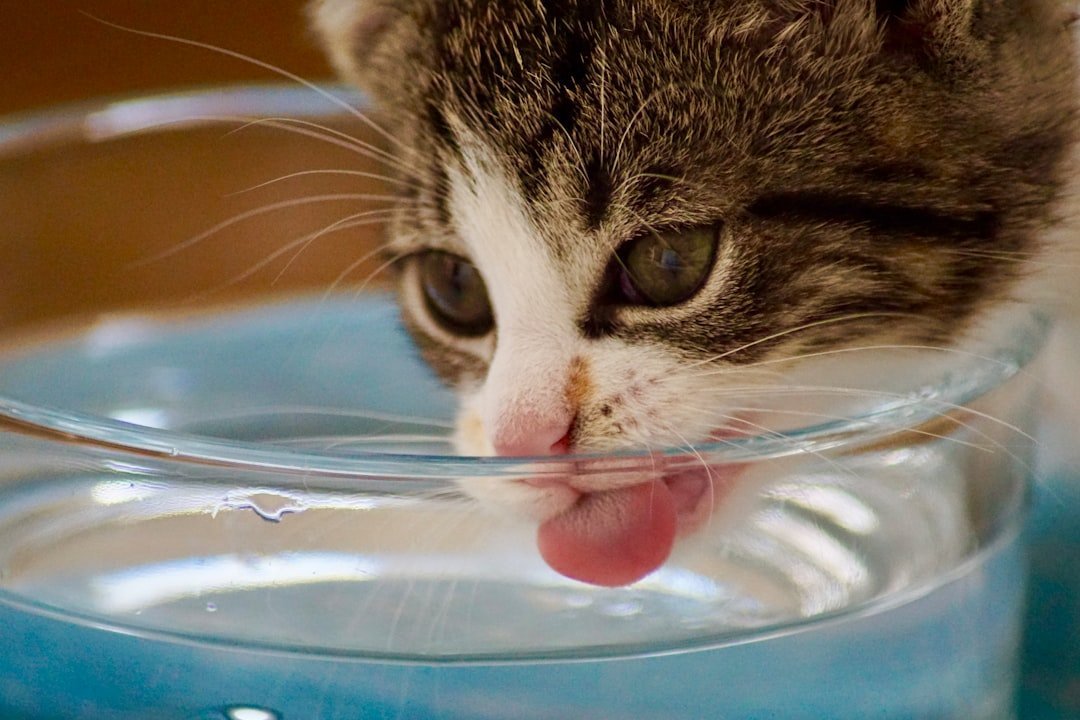
Water is essential for your cat’s health, and dehydration can lead to urinary tract and kidney problems, so providing fresh, clean water and encouraging drinking through clean bowls or cat water fountains is important. Many cats prefer moving water over stagnant bowls.
Just as it is for humans, drinking enough water is essential for cats’ health, with proper hydration helping prevent common health issues like urinary tract infections and kidney disease. Try placing multiple water sources around your home and consider wide, shallow bowls that don’t touch your cat’s whiskers. Some cats even prefer drinking from faucets, so don’t be surprised if your kitty requests this special service.
Create Mental Stimulation Through Play
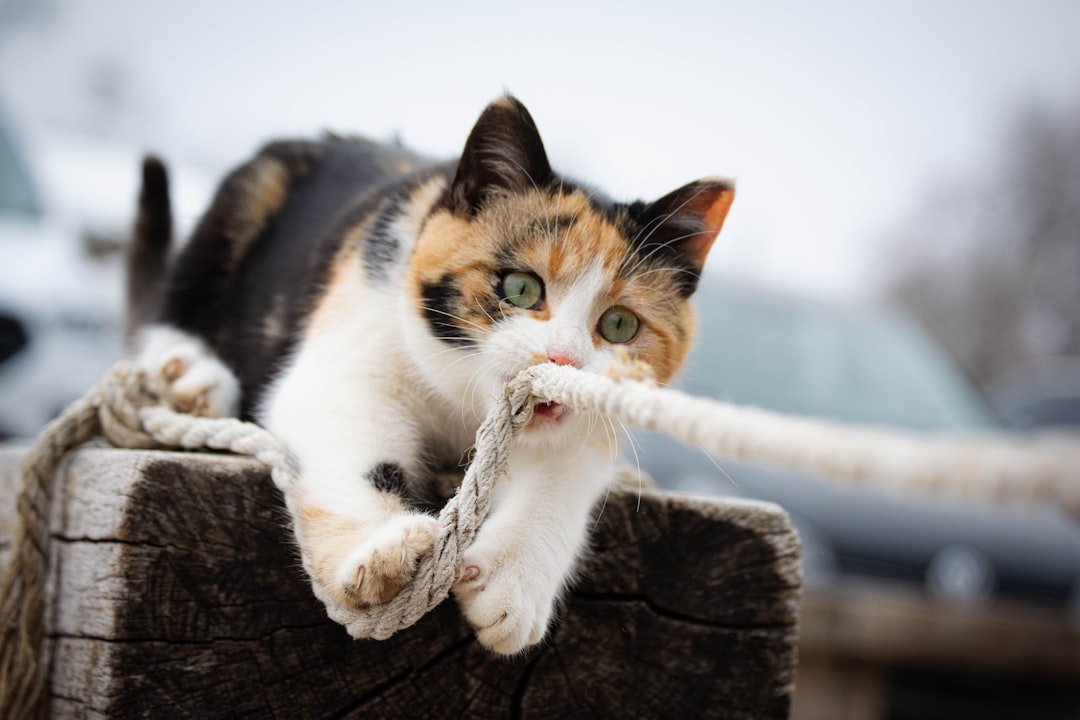
Daily exercise and playtime are very important for contributing to your cat’s physical and mental well-being, with engaging your cat in games or toys a couple of times throughout the day being a great way to maintain healthy weight and improve emotional well-being. Interactive play sessions should mimic natural hunting behaviors to truly satisfy your cat’s instincts.
Engaging your cat in play sessions that mimic hunting behavior, such as chasing and pouncing, should include at least two 15-minute sessions each day, strengthening your bond while ensuring necessary mental and physical exercise. Use feather wands, laser pointers, or motorized toys to trigger their predatory instincts. The key is variety – rotate toys regularly to prevent boredom and keep things exciting.
Maintain a Clean Litter Box Environment
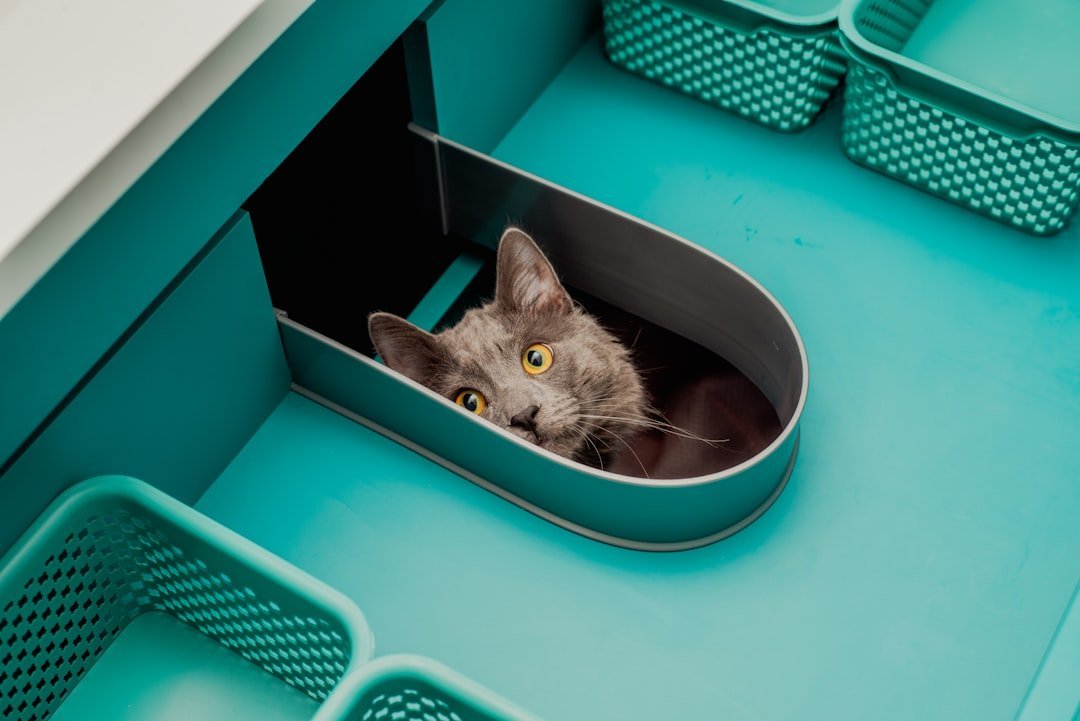
Regularly cleaning the litter box helps prevent urinary tract issues and promotes good hygiene, requiring scooping solid wastes at least once daily and thorough scrubbing at least once weekly. A dirty litter box is one of the fastest ways to stress out your cat and create behavioral problems.
Cats are picky about where they eliminate, and if the box is smelly and gross, they won’t want to go in, with a dirty litter pan being the biggest reason cats choose other areas of your home as their personal toilet. Research shows cats prefer a litter pan that is one and a half times the length of their body, including the tail. Keep it simple with unscented litter and avoid strong cleaning products that might deter your cat.
Establish Consistent Daily Routines
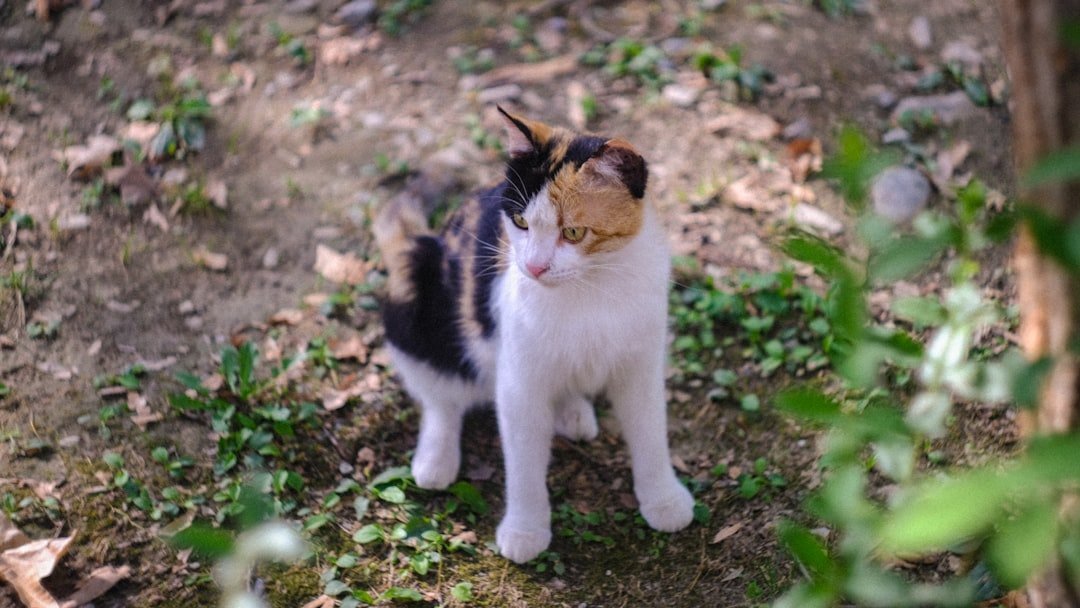
Maintaining a consistent routine is essential for a cat’s sense of security, with regular feeding times, scheduled play, and predictable quiet periods helping reduce anxiety and create a stable environment. Cats are creatures of habit who find comfort in knowing what to expect each day.
Cats thrive on routine, with keeping a consistent schedule for feeding, playtime, and bedtime helping reduce anxiety and stress, remembering their natural cycle of hunt-eat-groom-sleep-repeat. Try to feed, play, and interact with your cat around the same times daily. This predictability helps reduce stress and can even improve your cat’s appetite and sleep patterns.
Provide Proper Grooming Care
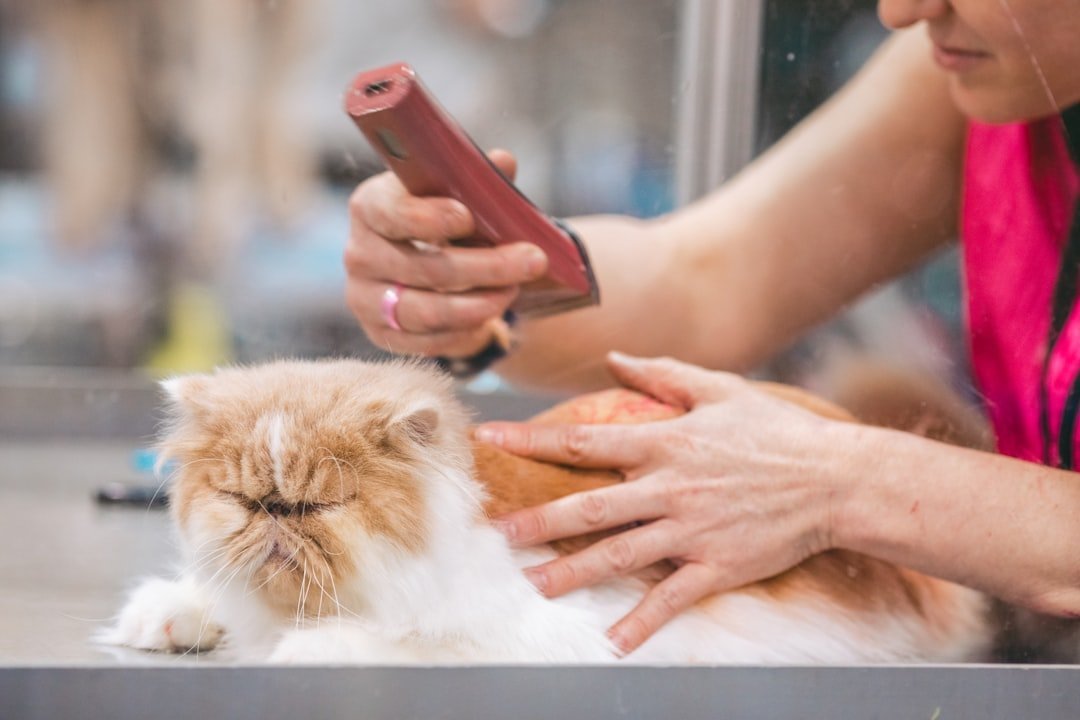
Grooming your cat helps prevent hairballs, matting, and skin infections, with brushing their coat regularly, trimming their nails, and cleaning their teeth all part of good grooming practices that help your cat feel more enriched and happier overall. Regular grooming sessions also become bonding time between you and your cat.
Most cats stay relatively clean and rarely need baths, but regular brushing helps keep your cat’s coat clean, reduces shedding, and cuts down on hairball incidents. Different coat lengths require different grooming frequencies, but most cats benefit from at least weekly brushing. Keeping nails trimmed every 1-2 weeks prevents them from getting stuck in things and reduces accidental scratches during playtime.
Offer Environmental Enrichment
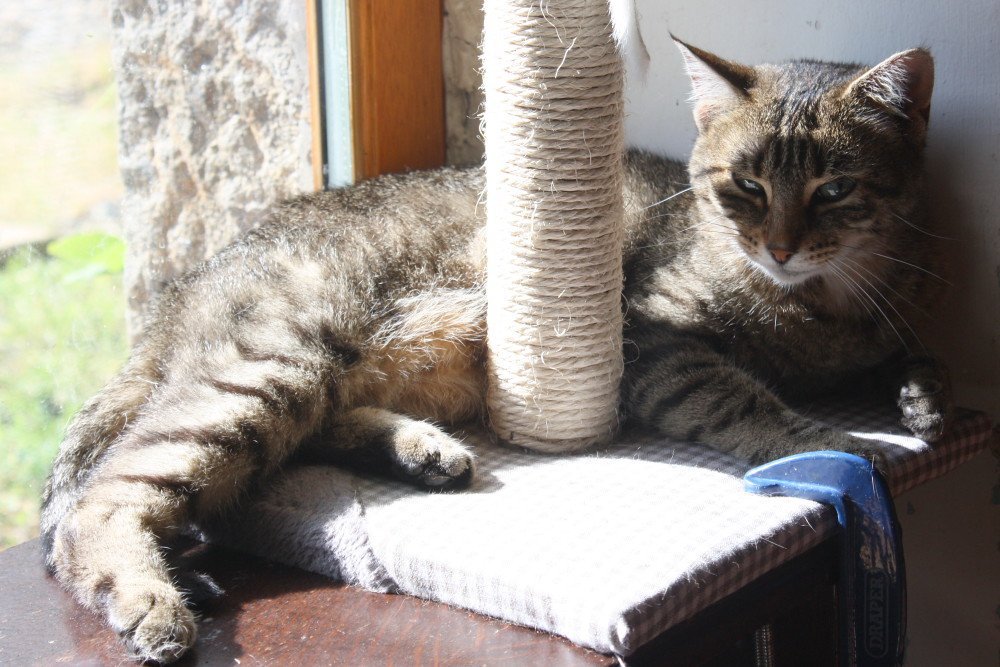
Enrichment activities are vital for your cat’s mental, emotional, and physical health, aligning perfectly with their natural instincts like hunting, licking, and chasing. Your home environment should provide opportunities for your cat to express natural behaviors safely.
Vertical space is essential indoor enrichment for cats, as they feel more comfortable and confident when they can survey their environment from above, just like in the wild where they are both predators and prey. Simple cardboard boxes can be highly effective enrichment items, offering safe, cozy places to hide and play, with holes cut for ambush games and stacking for vertical exploration. Rotate environmental features regularly to maintain novelty and interest.
Ensure Proper Spaying or Neutering
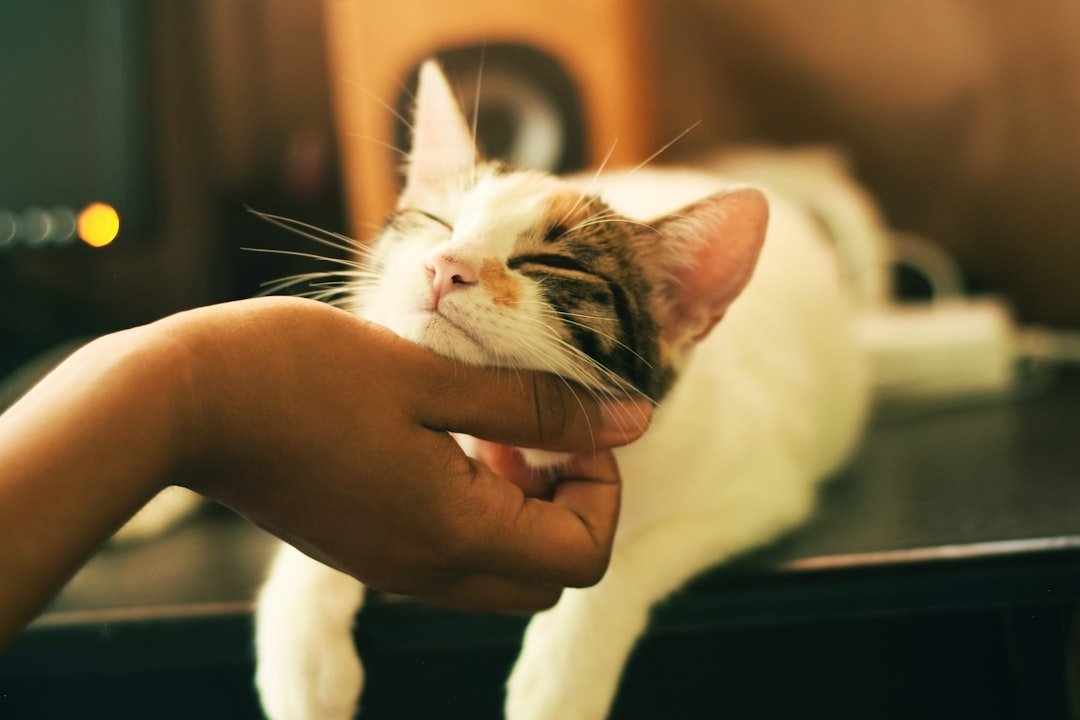
Reproductive diseases can be serious for both male and female cats, with spaying preventing uterine infections and ovarian cancers while reducing mammary tumor risks, and neutering preventing testicular cancer and some prostate problems. These procedures also provide behavioral benefits that improve overall wellbeing.
Neutering reduces a male cat’s urge to roam, reducing risks of getting lost or injured away from home, with a “fixed” pet usually being a healthier, happier pet overall. For male cats, neutering stops them from fighting with other cats, making them less likely to be injured or catch diseases, and can also stop them from spraying in the house. The procedure is typically straightforward and the benefits last a lifetime.
Monitor and Maintain Healthy Weight
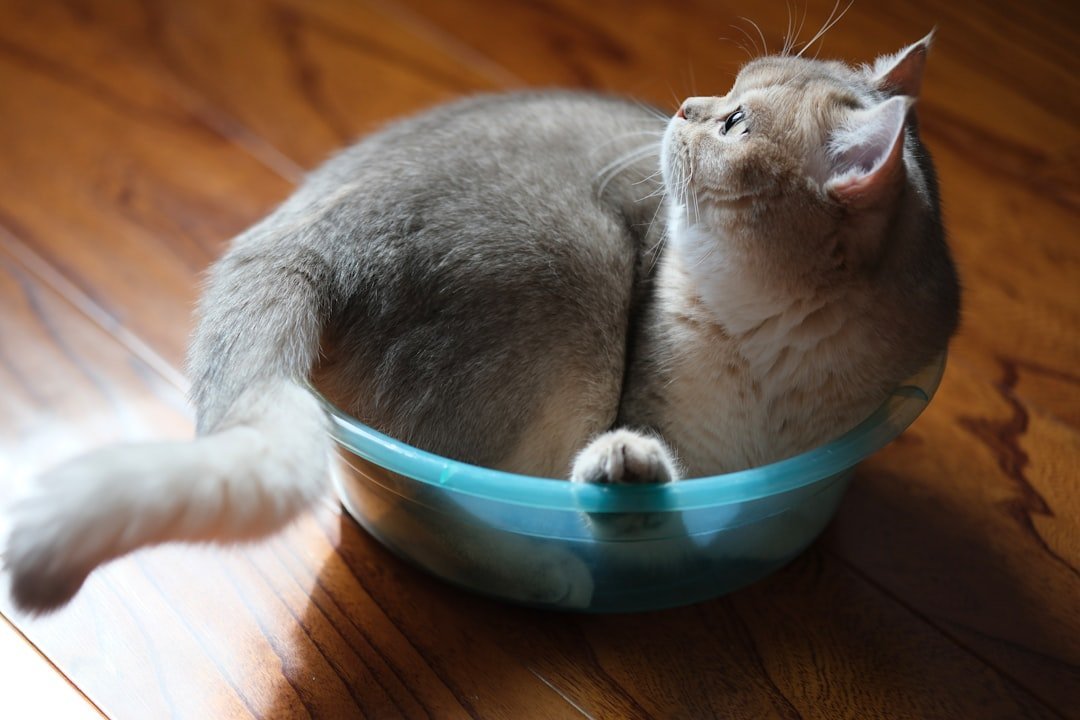
Studies estimate that approximately sixty percent of adult cats in the United States are overweight or obese and need to lose weight because people feed their cats too much food or too many treats. Weight management is crucial for preventing numerous health problems.
Obese cats are at increased risk for cancers, diabetes, bladder stones, arthritis, heart disease, and hypertension, while excess weight makes them less active, leading to increased weight and decreased energy. Managing your cat’s weight by ensuring they’re not overfed and get plenty of exercise is particularly important, and you should be able to feel your cat’s ribs when you stroke their body lightly. Regular weigh-ins at the vet help track progress and catch problems early.
Conclusion
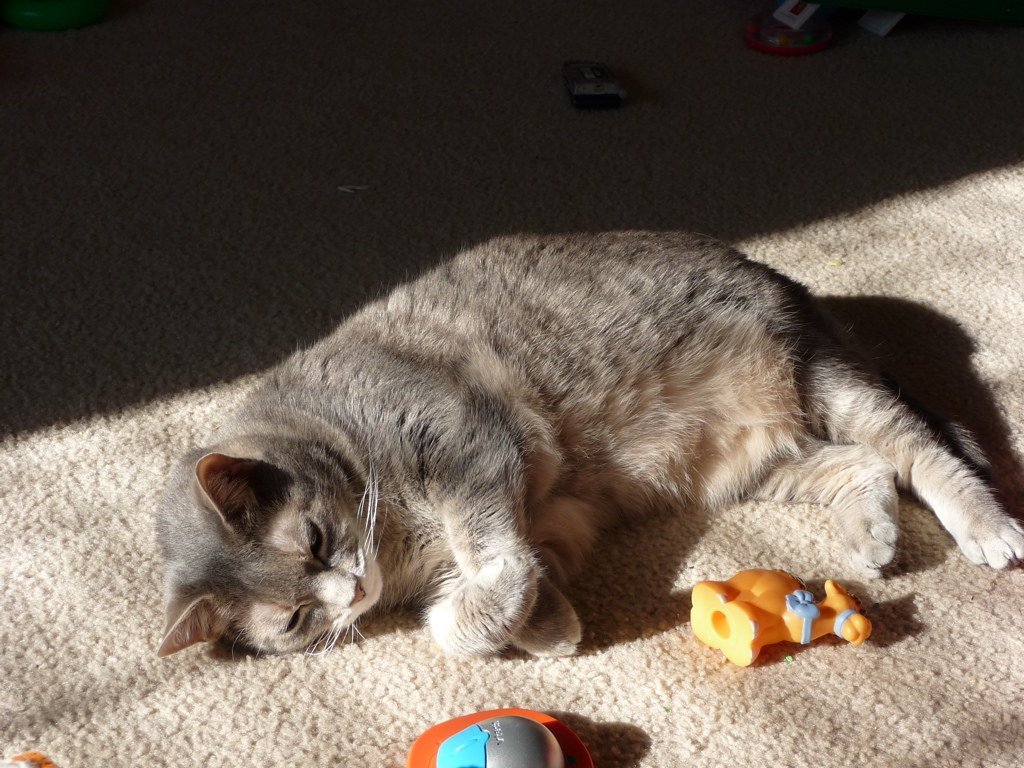
Creating an environment where your cat can truly thrive doesn’t require perfection, just dedication to meeting their core needs. Each small step you take toward better nutrition, regular healthcare, mental stimulation, and environmental enrichment builds toward a more fulfilling life for your feline friend. Remember that every cat is unique, so pay attention to what your particular kitty enjoys and responds to best.
The investment you make in today pays dividends in the form of a happier, healthier companion who will bring you joy for years to come. Start with one or two areas that seem most relevant to your cat’s current situation, then gradually incorporate other improvements as they become routine. What aspect of are you most excited to focus on first?





